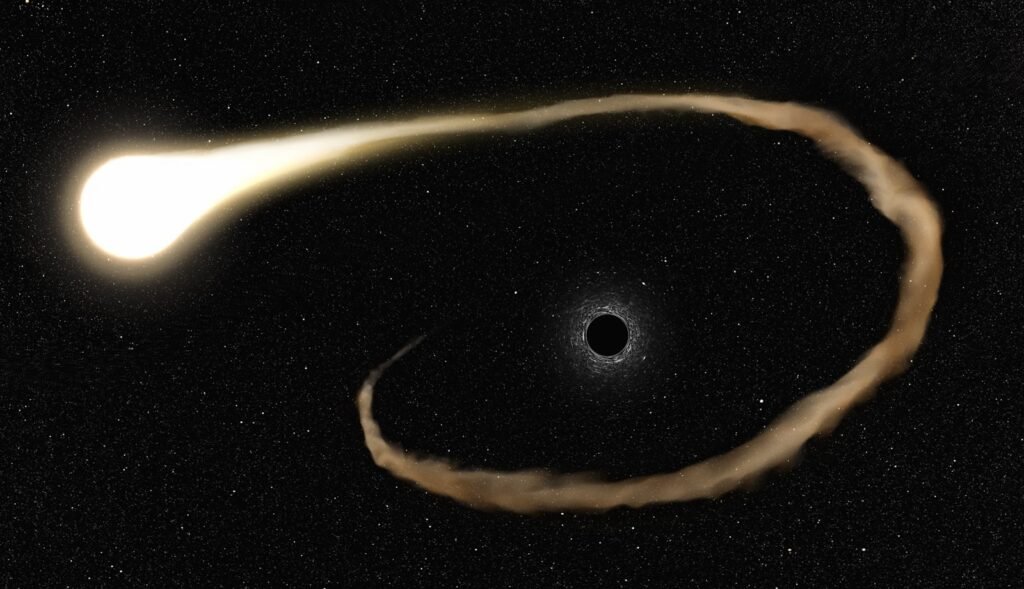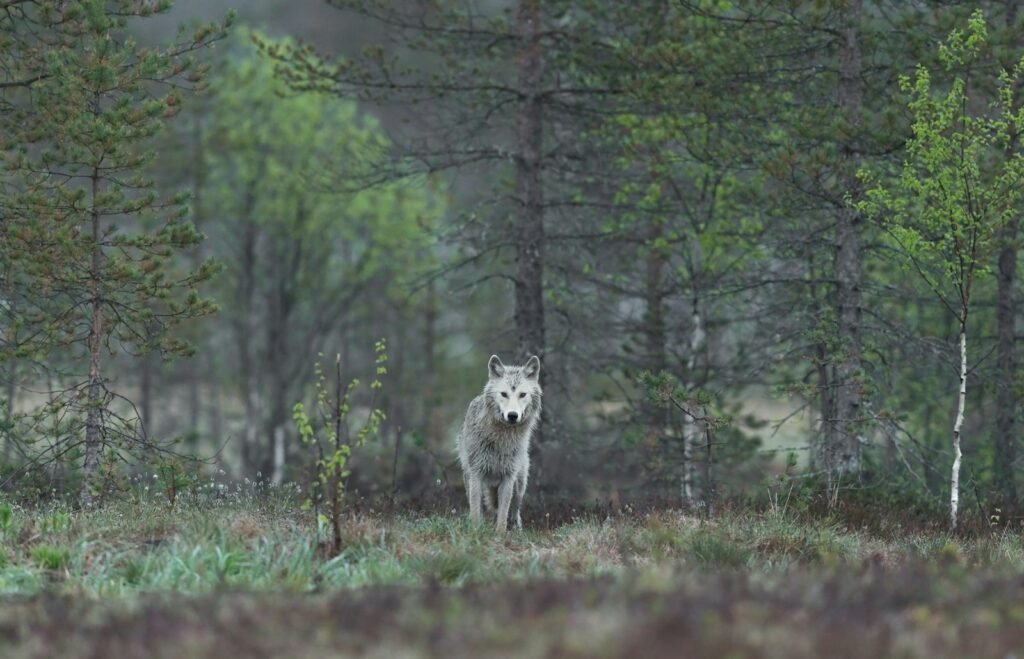It is the most one-way door in the cosmos, a border drawn by gravity so fierce that even light cannot stage a retreat. For decades, the event horizon has been framed as an absolute silence, and yet new observations whisper clues from just outside its edge. Images of glowing rings, ripples in spacetime from crashing giants, and sharper simulations are turning an old riddle into a testable science. We still cannot peer inside, but we can read the margins with increasing precision and infer the story written beneath. The mystery endures, but the methods – and the stakes – are changing fast.
The Hidden Clues
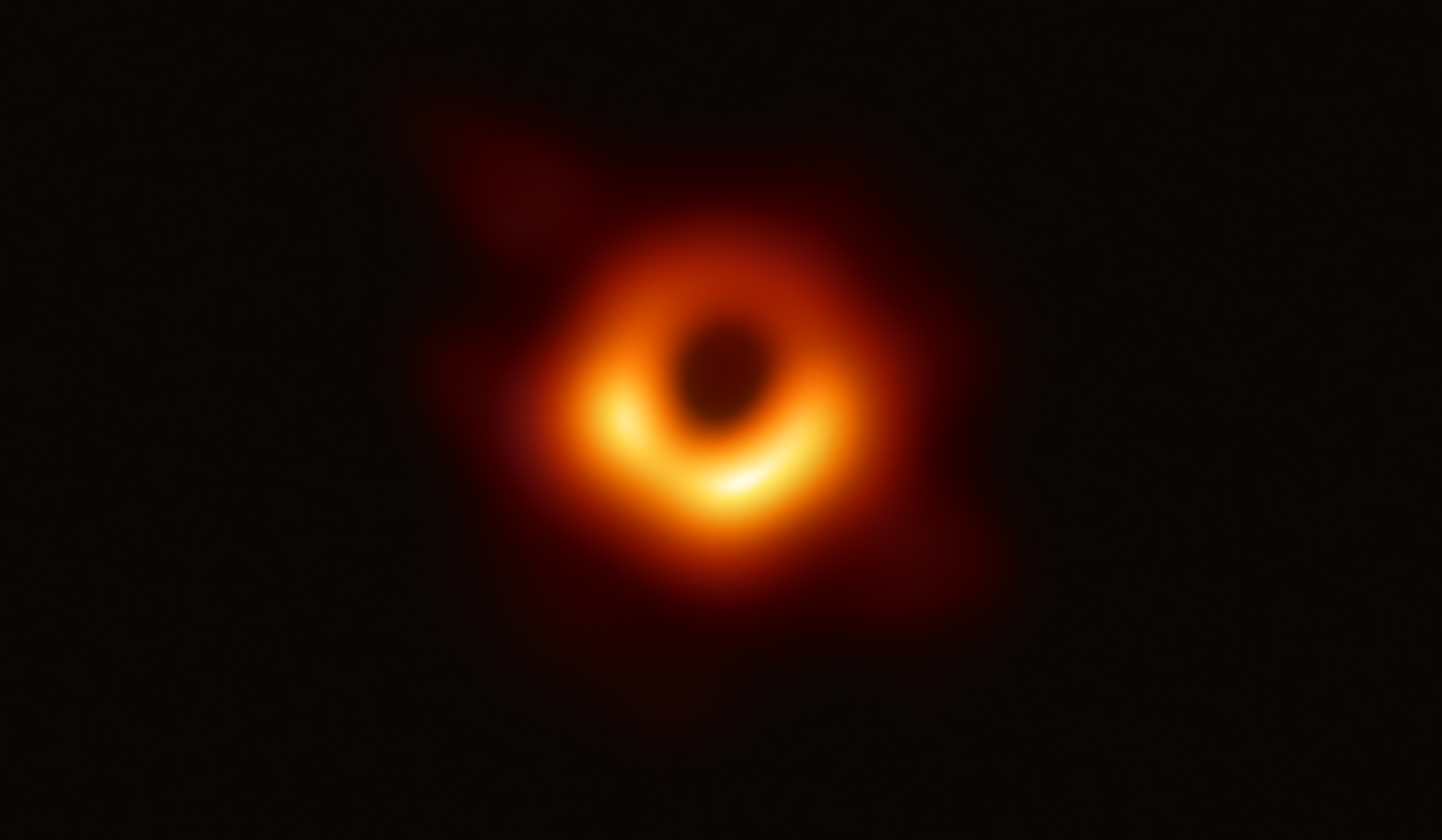
The closest we get to the inside is everything it forces on the outside: the ringlike shadow, the whirling plasma, and the trembling of spacetime itself. Event-horizon-scale images show a dark interior carved out by gravity, with a bright, lopsided ring that encodes mass, spin, and magnetic order. Polarized light traces magnetic fields that can launch jets thousands of light-years long, a signature that indirectly sketches the conditions near the brink. Gravitational-wave ringdowns from mergers behave like struck bells, and their tones match general relativity’s predictions for horizons rather than exotic impostors. High-energy flares around our galaxy’s central black hole orbit in minutes, revealing motion just a heartbeat outside the no-return line. We can’t see beyond the horizon, but its outline is becoming a measurement rather than a metaphor.
From Ancient Tools to Modern Science
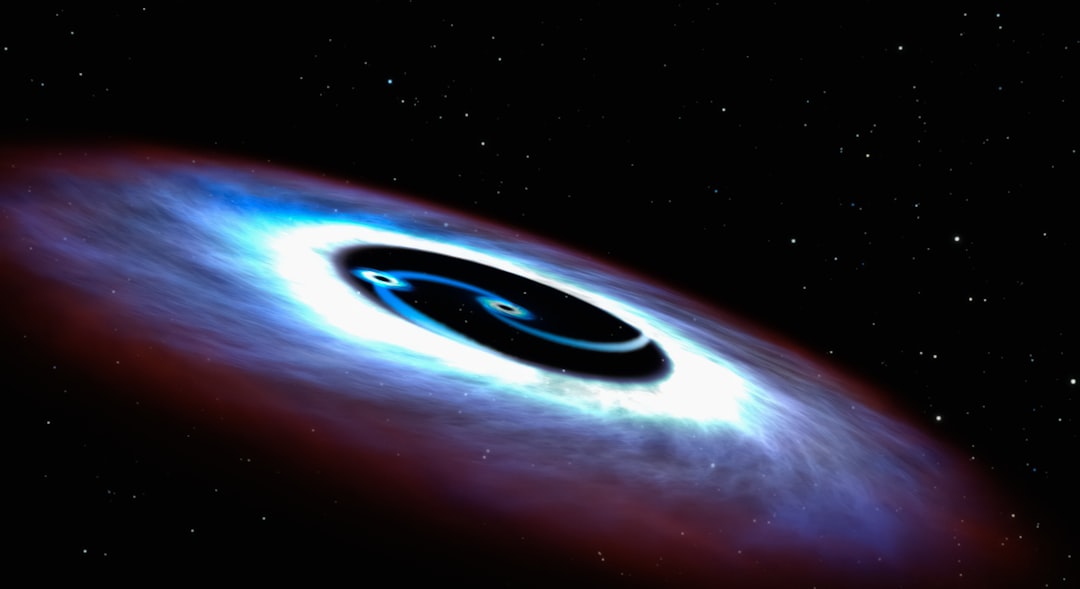
Black holes began as equations before they became observations, curiosities emerging from Einstein’s field lines rather than telescopic images. Early solutions predicted a boundary where escape speeds outran light, a mathematical oddity many dismissed as unphysical. That skepticism faded as X-ray binaries, quasars, and galactic cores demanded engines more compact than any star. The modern era arrived with gravitational-wave detections of colliding black holes and the first horizon-scale images, turning speculative objects into laboratory-grade targets. Today, interferometers measure distortions smaller than a proton, while worldwide radio arrays behave like an Earth-sized lens. The tools are new, but the question is ancient: how does nature hide everything and still leave us a legible trail?
Crossing the Point of No Return
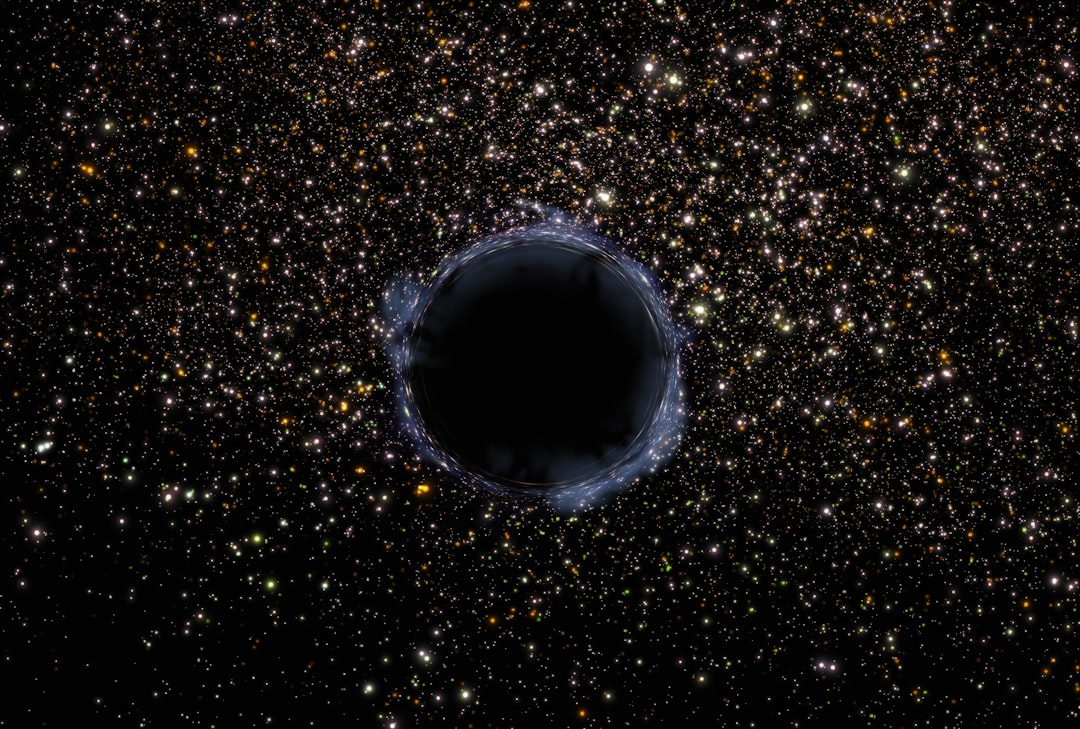
To a distant observer, a doomed spacecraft appears to slow and fade at the horizon, like a movie paused just before the twist. For the crew on board, nothing special marks the crossing, at least for a supermassive black hole where tidal forces rise gently at first. Light cones tip inward, causal arrows point one way, and every path forward ends at the singularity predicted by classical gravity. The interior is a region, not a surface, but it’s a region that cannot signal back to the universe it left behind. Time near the horizon behaves differently for different observers, and this relativity of experience is the first hint that our intuition is out of its depth. The physics remains precise even as the picture feels surreal.
The Quantum Riddle Inside

Quantum theory adds a provocative whisper to the roar of gravity: black holes radiate over immense times through quantum effects at the horizon. That slow leak raises the information paradox, a clash between the tidy bookkeeping of quantum mechanics and the erasing tendencies of a horizon. New calculations suggest that subtle quantum correlations might allow information to be effectively encoded outside, reshaping the classic evaporation narrative. Proposals like black hole complementarity argue that no single observer sees a violation of physics, even if different perspectives tell different stories. Other ideas, such as the so-called firewall scenario, insist that something dramatic could lurk at the brink, although there’s no observational evidence for it. The debate is not just philosophical; it asks whether spacetime is fundamentally emergent from quantum entanglement.
Fuzzballs, Bounces, and Other Bold Ideas
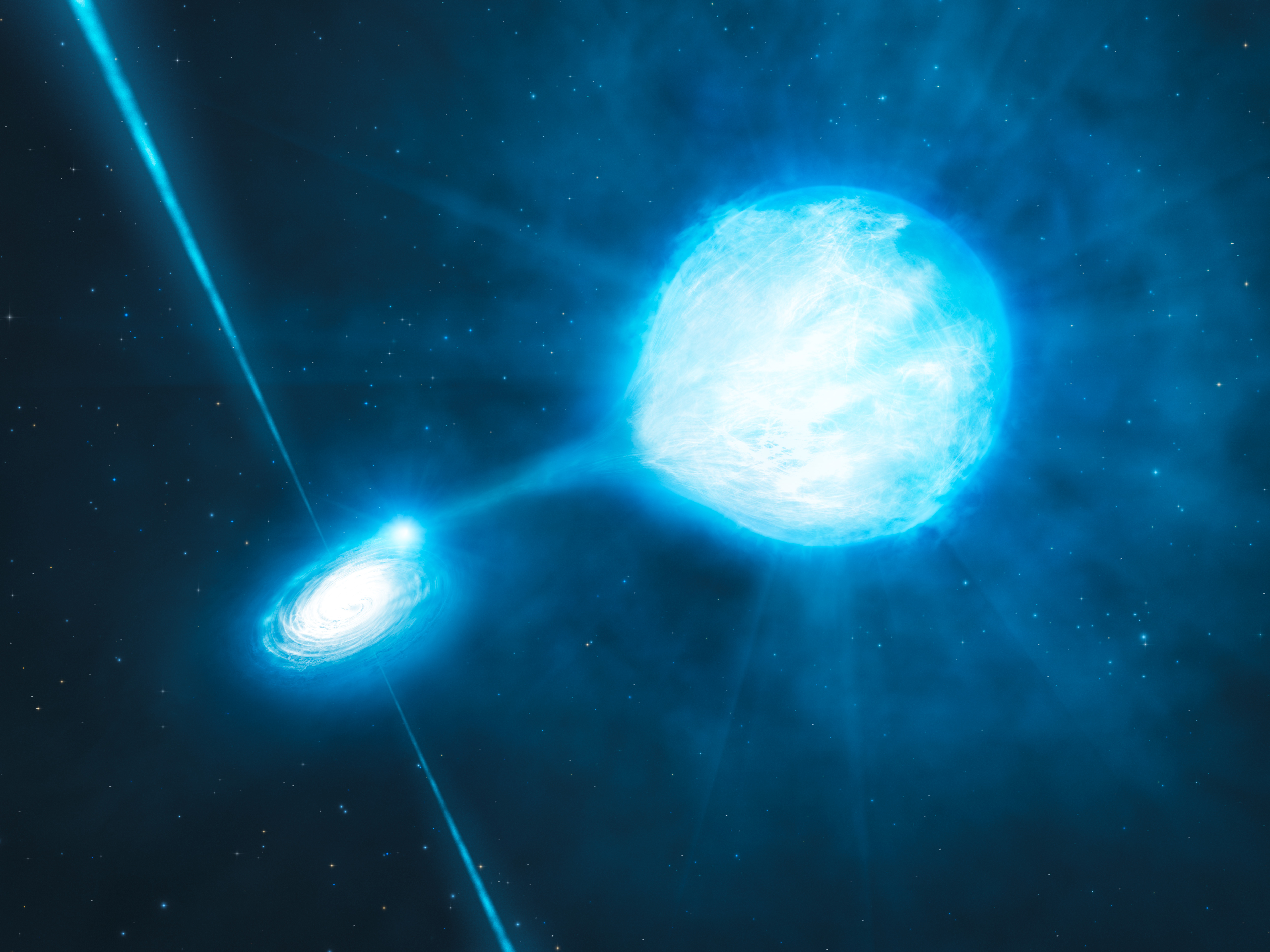
Some theorists argue the interior is not a smooth void but a vast tangle of quantum threads, a “fuzzball” where the horizon becomes structure rather than emptiness. Others imagine gravity turning repulsive at extreme densities, creating a bounce that prevents a singularity and transforms a dying core into something new. In loop-inspired pictures, a Planck-scale remnant or a brief white-hole phase could carry the ledger of information across cosmic times. A different thread ties quantum entanglement to geometry itself, hinting that wormhole-like connections might be bookkeeping tools rather than sci-fi tunnels. Each vision predicts small deviations – echoes in gravitational waves, flickers in horizon-scale light – that ambitious instruments are hunting. So far, observations line up cleanly with classical horizons, but the door to surprises remains open.
Why It Matters
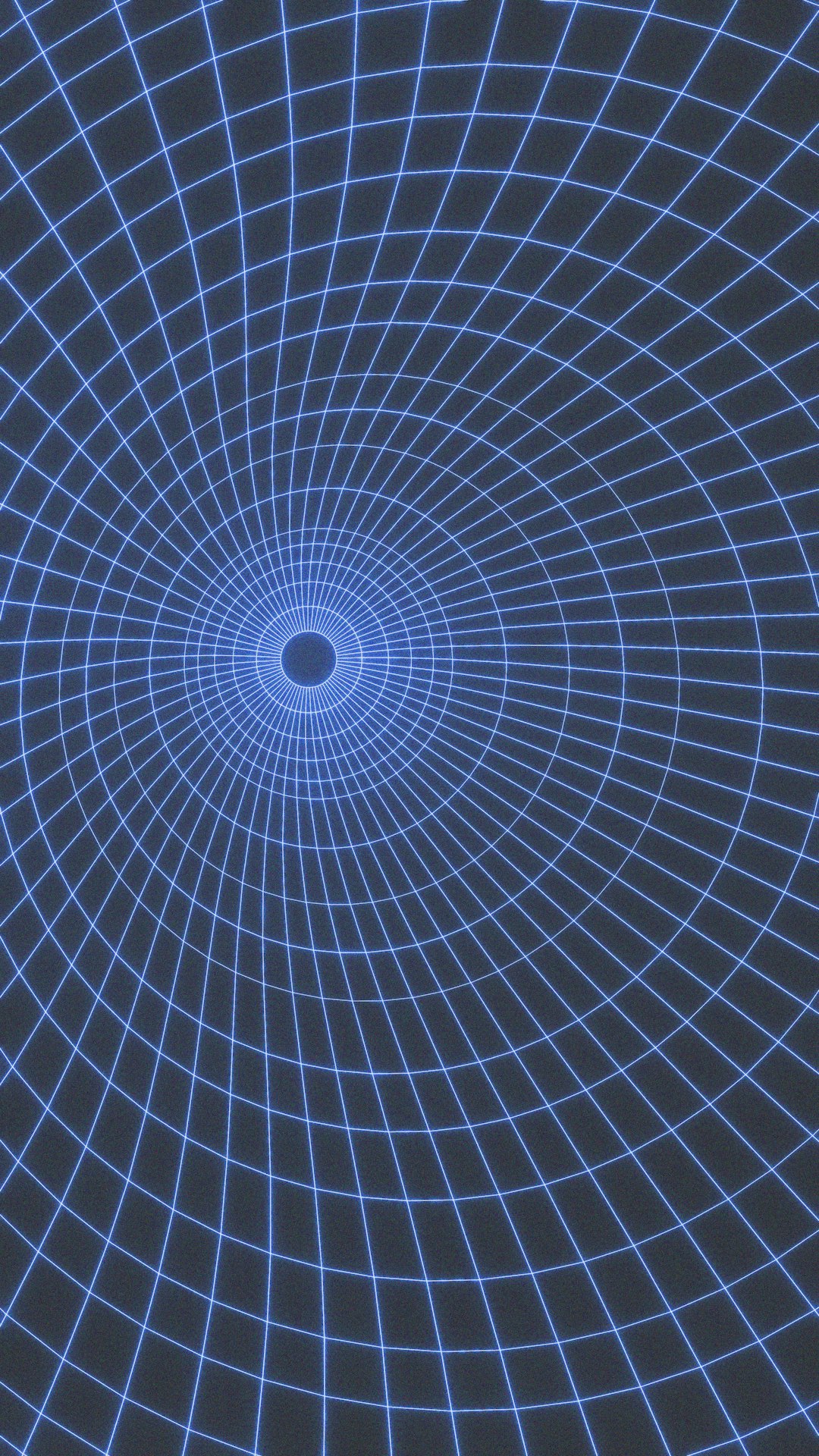
What lies beyond the event horizon isn’t trivia; it’s a stress test for the two pillars of modern physics. General relativity describes the cosmic stage with unmatched elegance, while quantum mechanics choreographs every microscopic move, and black holes force them to share the same floor. If we learn how information survives – or doesn’t – at a horizon, we inch closer to a unified theory that could also clarify the first instants of the universe. The techniques developed to chase these answers have spillover power, from ultra-precise timing and data-fusion algorithms to cryogenic sensors pushing the edge of measurement. Even negative results matter, because every constraint tightens the net around viable theories. Understanding black holes refines our understanding of everything else that gravitates, radiates, or simply exists.
The Future Landscape
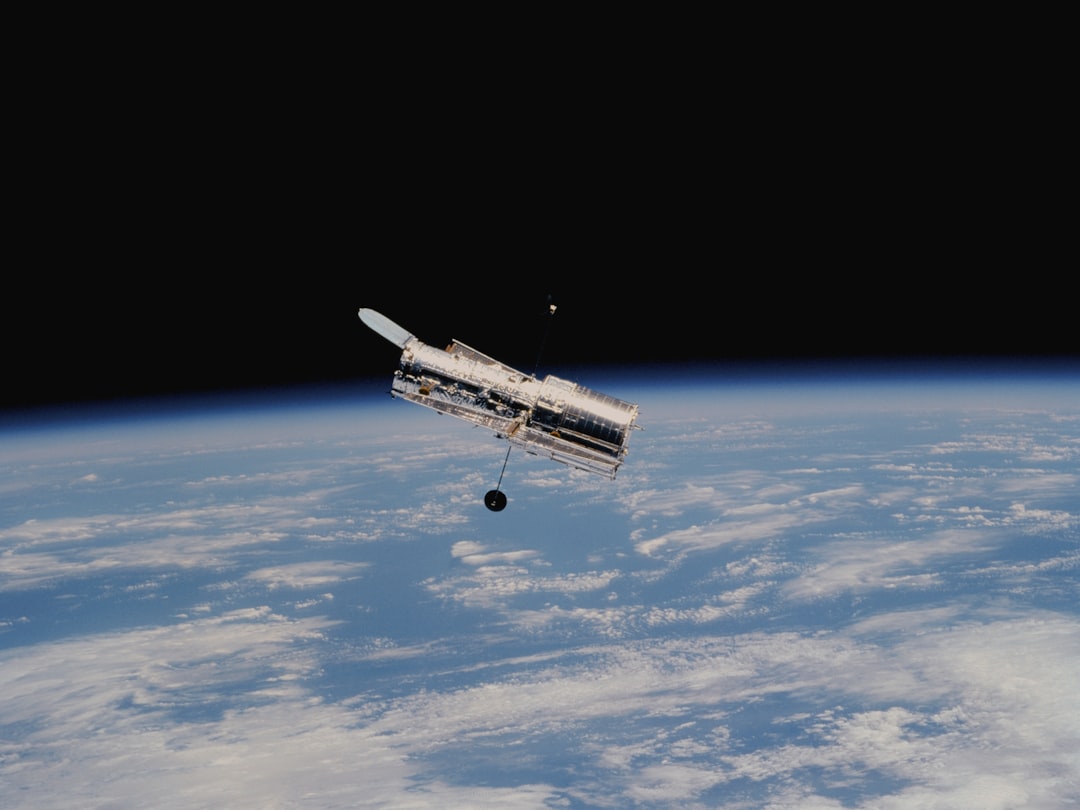
The next decade will turn snapshots into movies, adding antennas and potentially space-based links to sharpen views of the ring and its changing hotspots. Gravitational-wave astronomy will diversify, catching mergers from lighter stellar remnants to titanic supermassive pairs, each ringing out new interior tests. Spaceborne detectors will tune to longer wavelengths, where galaxies collide and massive horizons hum, complementing ground-based sensitivity to shorter notes. X-ray and infrared interferometry promise velocity maps at the brink, letting us watch matter accelerate across the final stable orbit and test gravity’s limits. Laboratory analogs – fluid vortices, optical horizons, and superconducting circuits – will probe Hawking-like processes under controlled conditions. Together, these approaches could reveal whether horizons are flawless curtains or subtly textured screens.
What You Can Do
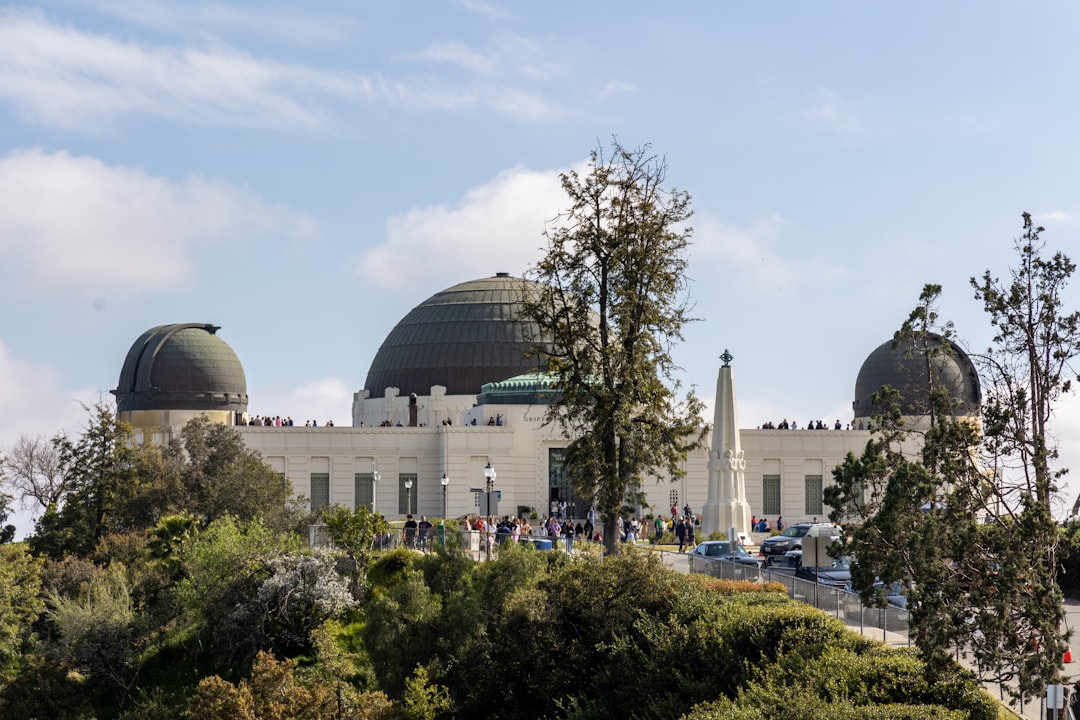
Stay curious and follow open data releases and image updates from major observatories, which often include explainer notes that make frontier science approachable. Support science education efforts in your community, from local planetariums to school programs that bring real astronomical data into the classroom. Join citizen-science projects that help classify detector artifacts and astrophysical signals, an easy on-ramp to contribute to gravitational-wave and transient research. Advocate for sustained investment in research infrastructure, because global networks and long-baseline instruments are community-built tools. Read widely across perspectives – observational, theoretical, and computational – so you can appreciate how each piece constrains the others. Curiosity backed by public support is the lifeline that turns impossible images and faint ripples into hard-won knowledge.

Suhail Ahmed is a passionate digital professional and nature enthusiast with over 8 years of experience in content strategy, SEO, web development, and digital operations. Alongside his freelance journey, Suhail actively contributes to nature and wildlife platforms like Discover Wildlife, where he channels his curiosity for the planet into engaging, educational storytelling.
With a strong background in managing digital ecosystems — from ecommerce stores and WordPress websites to social media and automation — Suhail merges technical precision with creative insight. His content reflects a rare balance: SEO-friendly yet deeply human, data-informed yet emotionally resonant.
Driven by a love for discovery and storytelling, Suhail believes in using digital platforms to amplify causes that matter — especially those protecting Earth’s biodiversity and inspiring sustainable living. Whether he’s managing online projects or crafting wildlife content, his goal remains the same: to inform, inspire, and leave a positive digital footprint.

